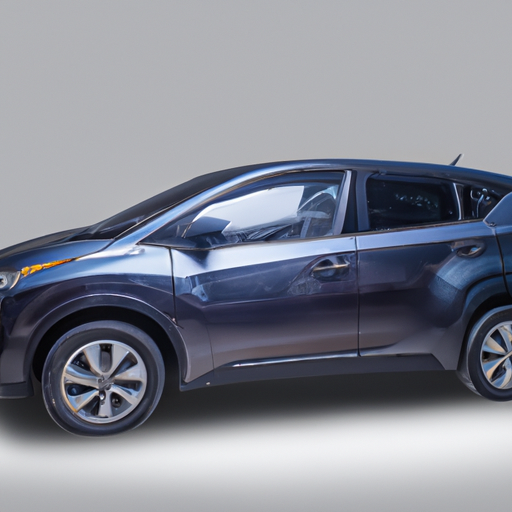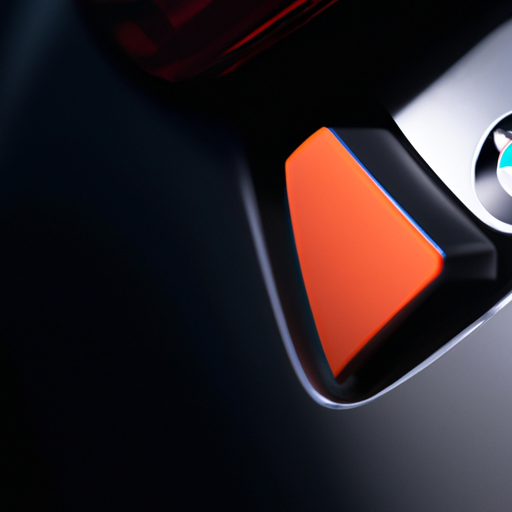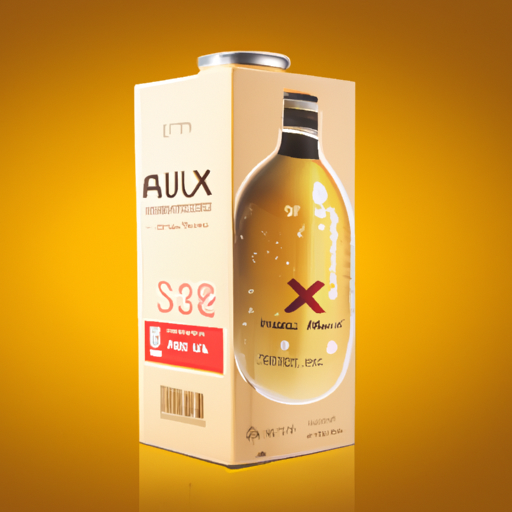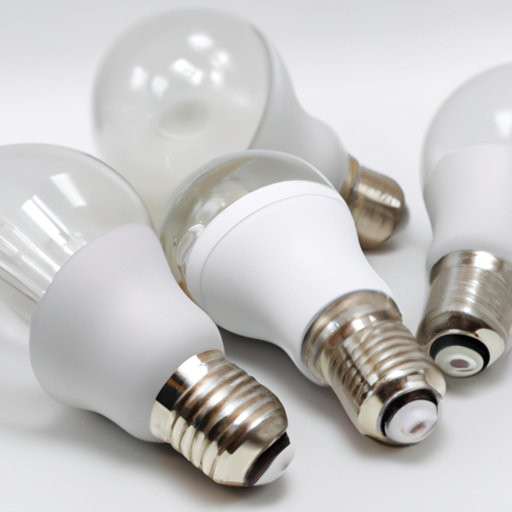What Material is Changan Series 20W Budget Made Of?
I. Introduction
A. Overview of Changan Automobile
Changan Automobile, founded in 1862, is one of the oldest and most prominent automotive manufacturers in China. With a rich history that spans over a century, the company has evolved from producing horse-drawn carriages to becoming a key player in the global automotive industry. Changan is known for its commitment to innovation, quality, and sustainability, making it a significant contributor to the development of the automotive sector in China and beyond.
B. Introduction to the Changan Series 20W Budget
The Changan Series 20W Budget is designed to cater to the needs of budget-conscious consumers seeking reliable and efficient transportation. This vehicle aims to provide an affordable yet functional option for urban commuting and family use. Targeting young professionals, families, and first-time car buyers, the Series 20W Budget combines practicality with modern design, making it an attractive choice in the competitive budget vehicle market.
C. Importance of Understanding Materials Used in Automotive Manufacturing
Understanding the materials used in automotive manufacturing is crucial for several reasons. The choice of materials directly impacts a vehicle's performance, safety, cost, and environmental footprint. As consumers become more environmentally conscious, the demand for sustainable materials in vehicle production is on the rise. Therefore, examining the materials used in the Changan Series 20W Budget provides insights into its overall quality and sustainability.
II. Overview of Automotive Materials
A. Common Materials Used in Vehicle Manufacturing
Automotive manufacturers utilize a variety of materials to construct vehicles, each with its unique properties and benefits:
1. **Steel**: Known for its strength and durability, steel is commonly used in the body structure and chassis of vehicles. It provides excellent crash protection and is relatively cost-effective.
2. **Aluminum**: Lightweight and resistant to corrosion, aluminum is increasingly used in vehicle manufacturing to improve fuel efficiency and performance. It is often found in engine components and body panels.
3. **Plastics**: Versatile and lightweight, plastics are used in various interior and exterior components, including dashboards, bumpers, and trim. They can be molded into complex shapes and are often more affordable than metals.
4. **Composites**: Combining materials like plastics and fibers, composites offer high strength-to-weight ratios and are used in specialized applications, such as high-performance vehicles and certain structural components.
B. Importance of Material Selection
The selection of materials in automotive manufacturing is critical for several reasons:
1. **Impact on Performance**: The choice of materials affects a vehicle's weight, handling, and fuel efficiency. Lighter materials can enhance performance and reduce energy consumption.
2. **Cost Considerations**: Material costs can significantly influence the overall price of a vehicle. Manufacturers must balance quality and affordability to meet market demands.
3. **Environmental Impact**: The production and disposal of automotive materials can have significant environmental consequences. Sustainable material choices can help reduce a vehicle's carbon footprint.
III. Materials Used in Changan Series 20W Budget
A. Body Structure
1. **Steel Components**: The Changan Series 20W Budget utilizes high-strength steel in its body structure. This choice enhances safety by providing robust crash protection while maintaining structural integrity. The use of advanced high-strength steel (AHSS) allows for thinner sections without compromising strength, contributing to weight reduction.
2. **Aluminum Components**: Aluminum is strategically used in specific areas of the vehicle, such as the hood and certain structural reinforcements. This helps reduce overall weight, improving fuel efficiency and handling. The lightweight nature of aluminum also aids in enhancing acceleration and braking performance.
B. Interior Materials
1. **Upholstery and Seating Materials**: The interior of the Changan Series 20W Budget features a combination of fabric and synthetic leather upholstery. Fabric is chosen for its durability and comfort, while synthetic leather provides a more upscale appearance without the high cost of genuine leather. This combination ensures a pleasant driving experience while keeping production costs manageable.
2. **Dashboard and Console Materials**: The dashboard and console are primarily made from high-quality plastics and composites. These materials are lightweight, cost-effective, and can be molded into intricate designs. The aesthetic appeal of the dashboard is enhanced through the use of textured finishes and color options, providing a modern look and feel.
C. Chassis and Suspension
1. **Material Composition of the Chassis**: The chassis of the Changan Series 20W Budget is constructed using a mix of high-strength steel and aluminum. This combination provides a balance of strength and weight, ensuring stability and safety during driving.
2. **Suspension Components and Their Materials**: The suspension system incorporates a mix of steel and composite materials. Steel is used for critical components like control arms and springs, while composites may be used in non-load-bearing parts to reduce weight and improve ride comfort.
D. Engine and Mechanical Components
1. **Materials Used in Engine Construction**: The engine of the Changan Series 20W Budget is primarily made from cast iron and aluminum. Cast iron is used for the engine block due to its durability and heat retention properties, while aluminum is used for the cylinder head and other components to reduce weight and improve fuel efficiency.
2. **Importance of Material Choice for Performance and Efficiency**: The choice of materials in the engine construction directly impacts performance, fuel efficiency, and emissions. Lightweight materials contribute to better acceleration and handling, while durable materials ensure longevity and reliability.
IV. Environmental Considerations
A. Sustainability of Materials Used in the Changan Series 20W Budget
1. **Recyclability of Materials**: Many of the materials used in the Changan Series 20W Budget, such as steel and aluminum, are highly recyclable. This reduces the environmental impact of production and disposal, aligning with global sustainability goals.
2. **Use of Eco-Friendly Materials**: Changan is increasingly focusing on incorporating eco-friendly materials in its vehicles. This includes the use of recycled plastics and sustainable manufacturing processes that minimize waste and energy consumption.
B. Impact of Material Choices on the Vehicle's Carbon Footprint
The materials selected for the Changan Series 20W Budget play a significant role in determining its overall carbon footprint. By utilizing lightweight materials, the vehicle can achieve better fuel efficiency, leading to lower emissions during operation. Additionally, the recyclability of materials contributes to a reduced environmental impact over the vehicle's lifecycle.
V. Comparison with Competitors
A. Overview of Similar Budget Vehicles in the Market
The budget vehicle segment is highly competitive, with numerous manufacturers offering affordable options. Vehicles from brands like Geely, BYD, and Great Wall Motors are direct competitors to the Changan Series 20W Budget.
B. Material Choices in Competitor Vehicles
Competitors often use a mix of steel and plastics in their vehicle construction. However, the specific grades and types of materials can vary, impacting performance, safety, and overall quality.
C. How Changan's Material Choices Stand Out
Changan's strategic use of high-strength steel and aluminum, combined with a focus on sustainability, sets the Series 20W Budget apart from its competitors. The balance of cost, performance, and environmental considerations positions Changan as a forward-thinking manufacturer in the budget vehicle market.
VI. Conclusion
A. Summary of Key Points Regarding Materials Used in the Changan Series 20W Budget
The Changan Series 20W Budget is constructed using a thoughtful combination of materials, including high-strength steel, aluminum, and advanced plastics. These choices enhance safety, performance, and sustainability, making it a competitive option in the budget vehicle segment.
B. Final Thoughts on the Importance of Material Selection in Automotive Design
Material selection is a critical aspect of automotive design that influences a vehicle's performance, cost, and environmental impact. As the automotive industry continues to evolve, manufacturers must prioritize sustainable materials to meet consumer demands and regulatory requirements.
C. Future Trends in Automotive Materials and Their Potential Impact on Vehicles Like the Changan Series 20W Budget
Looking ahead, the automotive industry is likely to see increased use of advanced materials, such as carbon fiber composites and bio-based plastics. These innovations could further enhance vehicle performance and sustainability, paving the way for future models like the Changan Series 20W Budget to lead in both quality and environmental responsibility.
VII. References
A comprehensive list of sources and further reading materials on automotive materials and Changan vehicles would be included here, providing readers with additional insights into the topic.













